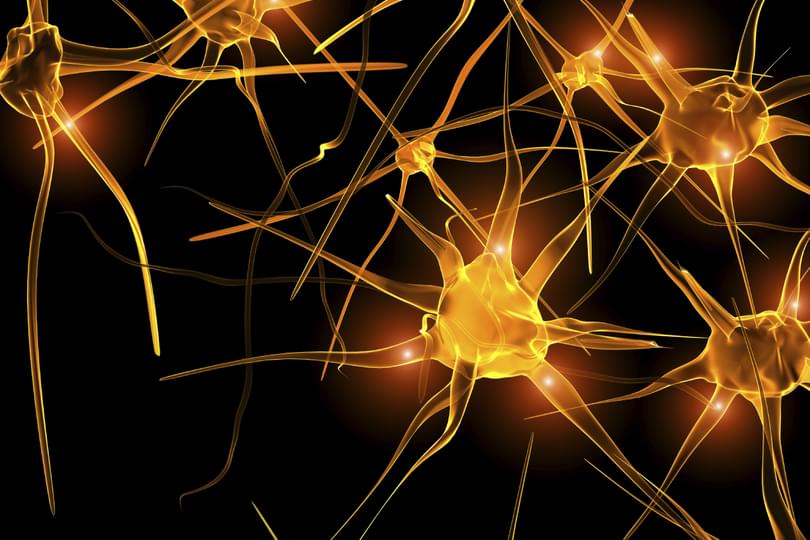
New research funded partly by the Oxford Martin School has made a crucial breakthrough in discovering how we attach distinct memories to the millions of possible odours we encounter.
In a study published in the journal Nature Neuroscience, CNCB scientists report that a key to forming distinct associative memories lies in how sensory information is encoded in the brain.
In many higher brain centres, sensory information is encoded ‘sparsely’, meaning that out of a large population of nerve cells, or neurons, only very few fire electrical impulses in response to any particular sensation.
‘This sparse coding means that neurons that respond to one odour don’t overlap much with neurons that respond to other odours, which makes it easier for the brain to tell odours apart even if they are very similar,’ says Dr Andrew Lin, the lead author of the study.
The researchers discovered that if they ‘de-sparsened’ odour representations in the neurons that store associative memories, fruit flies lost the ability to form distinct memories for similar odours.
‘Fruit flies can learn that if one odour out of a pair is associated with a punishment, they should avoid the punished odour in favour of the unpunished odour,’ explains Dr Lin.
Normally they can perform this task even if the two odours are very similar, because the neurons that store associative memories, called Kenyon cells, are inhibited by a negative feedback loop that prevents too many of them from firing for any particular odour.
However, if the negative feedback loop is blocked, the odour coding in Kenyon cells becomes less sparse and the flies attach the same memory to similar, yet different, odours.
‘We think the behavioural defect occurs because the odour responses in Kenyon cells overlap too much,’ says Dr Lin. ‘If we use a dissimilar pair of odours, where the Kenyon cell responses are naturally well-separated, the flies don’t need the negative feedback to perform well.’
Although the research was carried out in fruit flies, the scientists say sparse coding is likely to play a similar role in human memory.
"Sparse coding has been observed in the brains of other organisms, and there are compelling theoretical arguments for its importance", explains Professor Gero Miesenböck, in whose laboratory the research was performed. ‘But until now it hasn’t been possible experimentally to link sparse coding with behaviour.’
Image shows the ‘de-sparsening’ effect of blocking inhibitory feedback in the fruit fly brain.